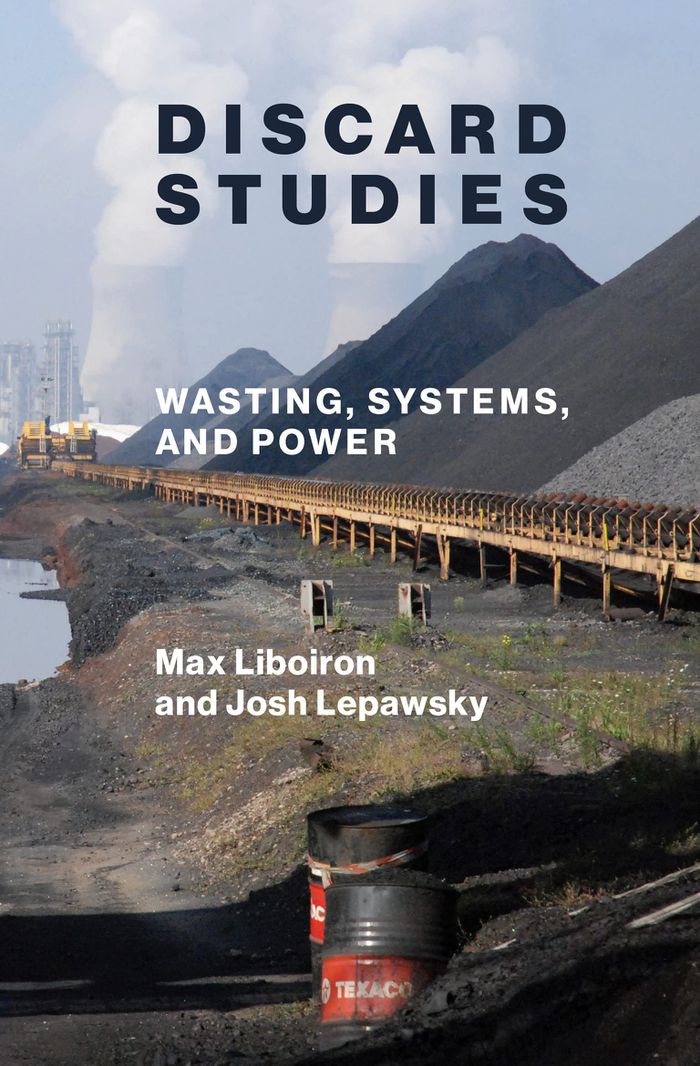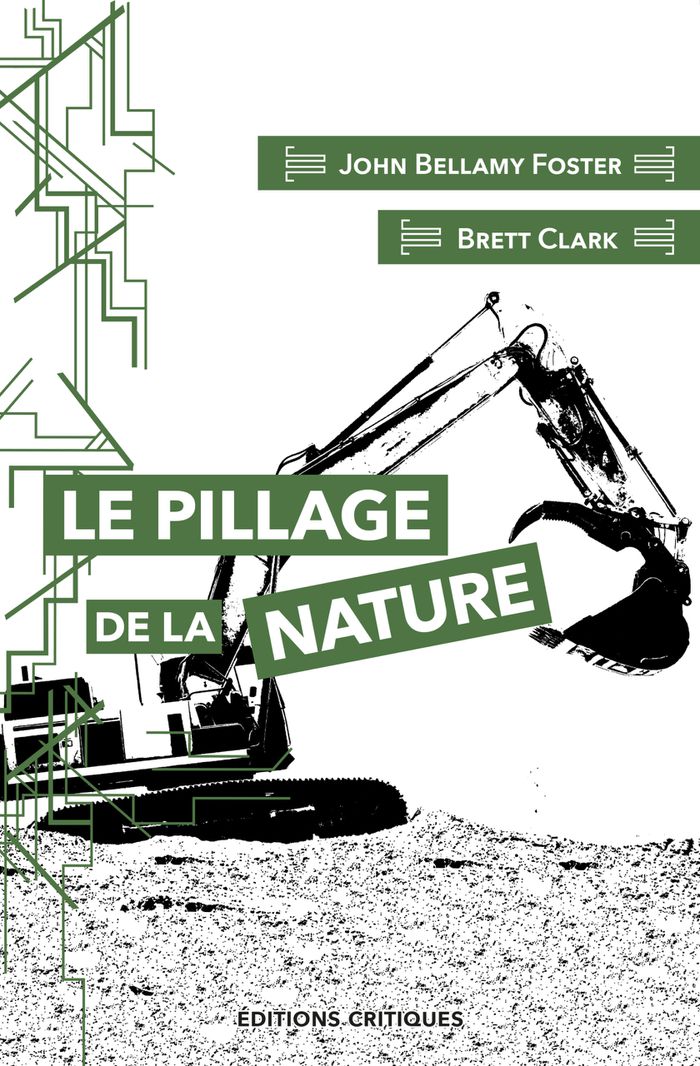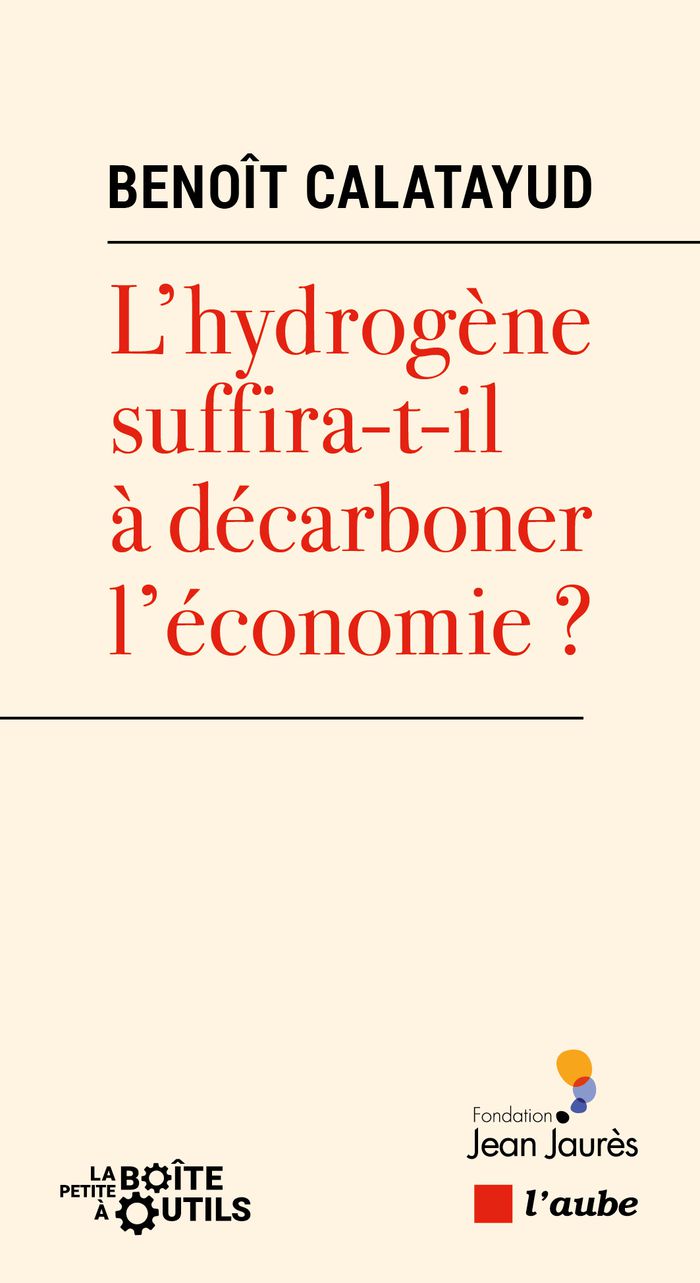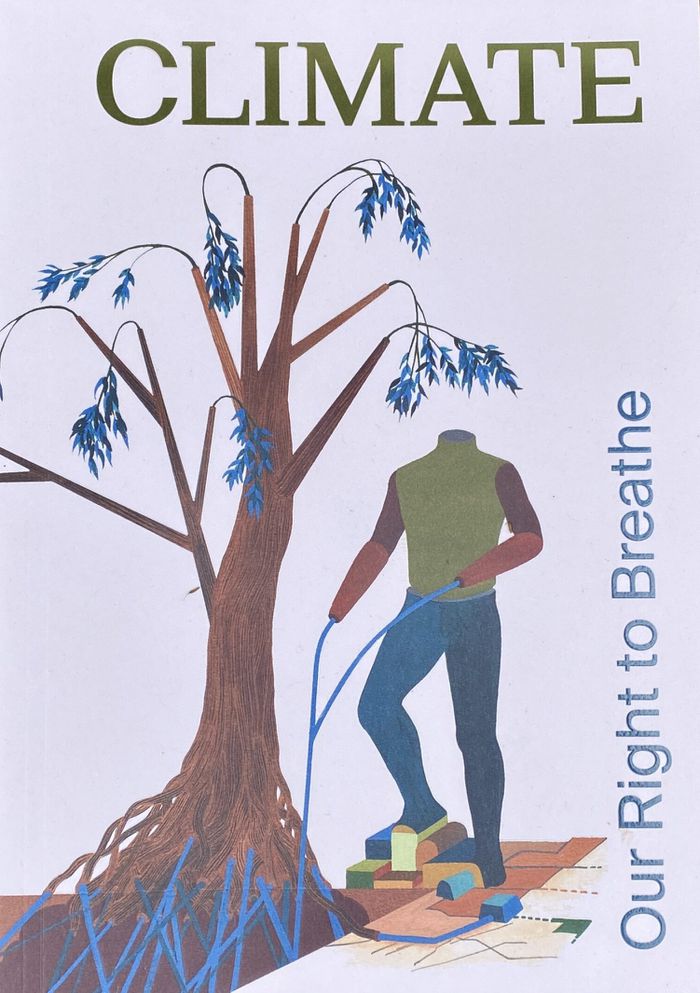$41.99
(disponible sur commande)
Résumé:
Modern environments are awash with pollutants churning through the air, from toxic gases and intensifying carbon to carcinogenic particles and novel viruses. The effects on our bodies and our planet are perilous. This is the first thorough study of the increasingly widespread use of digital technologies to monitor and respond to air pollution. It presents practice-based(...)
novembre 2022
Citizens of worlds: Open-air toolkits for environmental struggle
Actions:
Prix:
$41.99
(disponible sur commande)
Résumé:
Modern environments are awash with pollutants churning through the air, from toxic gases and intensifying carbon to carcinogenic particles and novel viruses. The effects on our bodies and our planet are perilous. This is the first thorough study of the increasingly widespread use of digital technologies to monitor and respond to air pollution. It presents practice-based research on working with communities and making sensor toolkits to detect pollution while examining the political subjects, relations, and worlds these technologies generate. Spanning three project areas, this study describes collaborations to monitor air pollution from fracking infrastructure, to document emissions in urban environments, and to create air-quality gardens. As these projects show, how people respond to, care for, and struggle to transform environmental conditions informs the political subjects and collectives they become as they strive for more breathable worlds.
$40.00
(disponible sur commande)
Résumé:
Discard studies is an emerging field that looks at waste and wasting broadly construed. Rather than focusing on waste and trash as the primary objects of study, discard studies looks at wider systems of waste and wasting to explore how some materials, practices, regions, and people are valued or devalued, becoming dominant or disposable. In this book, Max Liboiron and(...)
mai 2022
Discard studies: Wasting, systems, and power
Actions:
Prix:
$40.00
(disponible sur commande)
Résumé:
Discard studies is an emerging field that looks at waste and wasting broadly construed. Rather than focusing on waste and trash as the primary objects of study, discard studies looks at wider systems of waste and wasting to explore how some materials, practices, regions, and people are valued or devalued, becoming dominant or disposable. In this book, Max Liboiron and Josh Lepawsky argue that social, political, and economic systems maintain power by discarding certain people, places, and things. They show how the theories and methods of discard studies can be applied in a variety of cases, many of which do not involve waste, trash, or pollution. Liboiron and Lepawsky consider the partiality of knowledge and offer a theory of scale, exploring the myth that most waste is municipal solid waste produced by consumers; discuss peripheries, centers, and power, using content moderation as an example of how dominant systems find ways to discard; and use theories of difference to show that universalism, stereotypes, and inclusion all have politics of discard and even purification—as exemplified in ''inclusive'' efforts to broaden the Black Lives Matter movement. Finally, they develop a theory of change by considering ''wasting well,'' outlining techniques, methods, and propositions for a justice-oriented discard studies that keeps power in view.
Libre nature
$29.95
(disponible en magasin)
Résumé:
Pour se connaître il faut d’abord connaître la nature. Ce recueil de textes écrits entre 1857 et 1905 par Elisée Reclus, rappelle ce fait fondamental d’appartenance organique?: l’être humain n’est ni au-dessus, ni à-part, de la nature. Il en fait partie – avec juste un surcroît de conscience. Dans ces courts textes (des essais, mais aussi des correspondances et des(...)
août 2022
Libre nature
Actions:
Prix:
$29.95
(disponible en magasin)
Résumé:
Pour se connaître il faut d’abord connaître la nature. Ce recueil de textes écrits entre 1857 et 1905 par Elisée Reclus, rappelle ce fait fondamental d’appartenance organique?: l’être humain n’est ni au-dessus, ni à-part, de la nature. Il en fait partie – avec juste un surcroît de conscience. Dans ces courts textes (des essais, mais aussi des correspondances et des observations de ses nombreux voyages), le géographe libertaire et précurseur de l’écologie politique aborde les thématiques de l’être humain en lien avec son milieu naturel. Avec quelques questions très actuelles comme le végétarisme, la religion et la morale, l’habitat ou la vie animale. Opposé autant aux dominations qu’aux soumissions aux lois naturelles, Reclus nous parle de reconnaissance et d’inclusion, de droits comme de devoirs.
$23.95
(disponible sur commande)
Résumé:
Tout à la fois voyage, enquête, cheminement personnel, réflexion politique sur l’articulation des luttes contemporaines, ce livre de Cy Lecerf Maulpoix, journaliste engagé dans les luttes LGBTQI et pour la justice climatique, nous entraîne dans les jardins anglais de l’artiste Derek Jarman, de l’écrivain socialiste Edward Carpenter, du Bloomsbury Group, sur les traces des(...)
septembre 2022
Écologies déviantes : Voyage en terres queers
Actions:
Prix:
$23.95
(disponible sur commande)
Résumé:
Tout à la fois voyage, enquête, cheminement personnel, réflexion politique sur l’articulation des luttes contemporaines, ce livre de Cy Lecerf Maulpoix, journaliste engagé dans les luttes LGBTQI et pour la justice climatique, nous entraîne dans les jardins anglais de l’artiste Derek Jarman, de l’écrivain socialiste Edward Carpenter, du Bloomsbury Group, sur les traces des Radical Faeries de l’Arizona à San Francisco jusqu’aux zones de cruising des lisières des grandes villes. Parce qu’il met au jour des généalogies oubliées, ce texte permet de reconnaître la dette de l’écologie politique à ces précurseurEUSEs déviantEs. À l’heure où chacunE est concernéE par les enjeux écologiques planétaires, ce livre nécessaire propose de nouvelles pistes militantes et trace une ligne de crête sur laquelle construire, à partir de perspectives minoritaires, un mouvement réellement inclusif.
$27.95
(disponible sur commande)
Résumé:
Les préoccupations écologistes et la protection de l’environnement s’imposent aujourd’hui comme un devoir civique fondamental. Des milliers d’activistes, de scientifiques, de médecins et de juristes se sont ralliés à l’idée de penser globalement et d’agir localement pour la suite du monde. Au Québec, leurs engagements sont issus d’une prise de conscience née dès les(...)
Écologie: Une bataille sans fin
Actions:
Prix:
$27.95
(disponible sur commande)
Résumé:
Les préoccupations écologistes et la protection de l’environnement s’imposent aujourd’hui comme un devoir civique fondamental. Des milliers d’activistes, de scientifiques, de médecins et de juristes se sont ralliés à l’idée de penser globalement et d’agir localement pour la suite du monde. Au Québec, leurs engagements sont issus d’une prise de conscience née dès les années 1960, alors que des groupes citoyens lançaient les premières alertes à la pollution tout en osant remettre en question la société de consommation qui lui est associée. Depuis, les défis que soulèvent le développement durable, les changements climatiques ainsi que la protection des espèces et des espaces naturels ont rendu leurs batailles encore plus pertinentes. À partir de documents d’archives et d’entrevues exclusives avec des personnalités de premier plan dans le développement de l’écologie politique et sociale, l’auteur retrace l’évolution du mouvement écologique québécois et la persistance de ses enjeux.
Le pillage de la nature
$48.95
(disponible sur commande)
Résumé:
Reconnus comme des figures majeures de l'écomarxisme, John Bellamy Foster et Brett Clark explorent les œuvres de Marx et Engels afin d'élaborer une écologie politique matérialiste et dialectique. Cette approche originale alliant l’histoire, l'économie, la science et la politique déploie la question environnementale dans toute sa variété allant de l’agriculture à la(...)
octobre 2022
Le pillage de la nature
Actions:
Prix:
$48.95
(disponible sur commande)
Résumé:
Reconnus comme des figures majeures de l'écomarxisme, John Bellamy Foster et Brett Clark explorent les œuvres de Marx et Engels afin d'élaborer une écologie politique matérialiste et dialectique. Cette approche originale alliant l’histoire, l'économie, la science et la politique déploie la question environnementale dans toute sa variété allant de l’agriculture à la maltraitance animale, en passant par l’alimentation et l'éco-impérialiùsme. Leur critique vise non seulement le néolibéralisme mais aussi l'écologie réformiste qui s’accommode également de l’ordre capitaliste bourgeois. Dévoilant le lien entre dégradation écologique et domination sociale ils posent les bases d’une lutte révolutionnaire où l'émancipation implique la fin d’une double exploitation: celle des êtres humains et de la nature.
$18.95
(disponible sur commande)
Résumé:
Face à l’urgence climatique, l’hydrogène est-il la solution?? Il bénéficie d’une dynamique politique et commerciale sans précédent, puisqu’il serait un moyen à la fois de sauvegarder la compétitivité de notre industrie et de développer l’emploi, mais aussi d’atteindre nos objectifs climatiques. Or, cette molécule n’est efficace sur ce plan que si sa production est(...)
novembre 2022
L'hydrogène suffira-t-il à décarboner l'économie ?
Actions:
Prix:
$18.95
(disponible sur commande)
Résumé:
Face à l’urgence climatique, l’hydrogène est-il la solution?? Il bénéficie d’une dynamique politique et commerciale sans précédent, puisqu’il serait un moyen à la fois de sauvegarder la compétitivité de notre industrie et de développer l’emploi, mais aussi d’atteindre nos objectifs climatiques. Or, cette molécule n’est efficace sur ce plan que si sa production est décarbonée, ce qui est encore loin d’être le cas aujourd’hui. C’est tout l’enjeu du défi qui se pose à notre pays et auquel répond Benoît Calatayud en formulant un ensemble de propositions concrètes en faveur d’une filière française décarbonée. Le chemin est encore long, mais la France a toutes les cartes en main, si tant est que tous les acteurs, publics et privés, se mettent en ordre de bataille.
Sacrés arbres
$47.95
(disponible sur commande)
Résumé:
Intrépides, généreux, sociables, téméraires, pionniers, immortels, ces sacrés arbres ne cessent de surprendre par leurs pouvoirs et leurs vertus.Les arbres voient, sentent, se déplacent, se reproduisent, communiquent, se protègent, se défendent, attaquent... À partir de l’observation de leur comportement et mode de communication, ce chef-d’œuvre naturaliste permet de(...)
novembre 2022
Sacrés arbres
Actions:
Prix:
$47.95
(disponible sur commande)
Résumé:
Intrépides, généreux, sociables, téméraires, pionniers, immortels, ces sacrés arbres ne cessent de surprendre par leurs pouvoirs et leurs vertus.Les arbres voient, sentent, se déplacent, se reproduisent, communiquent, se protègent, se défendent, attaquent... À partir de l’observation de leur comportement et mode de communication, ce chef-d’œuvre naturaliste permet de replacer chaque espèce dans son environnement mais aussi d’appréhender ses singularités, pour apprendre à l’identifer dans la nature (silhouette, écorce, rameaux, bourgeons, fleurs, fruits, feuilles).
$62.95
(disponible sur commande)
Résumé:
An anthology of essays and artistic contributions from more than 25 voices with diverse practices and backgrounds, this book is a response to climate change and the toxic politics of today. They highlight the urgent need for collective strategies and solidarity to protect the vulnerable and marginalised communities forced to endure the worst effects of climate crises(...)
octobre 2022
Climate: Our right to breathe
Actions:
Prix:
$62.95
(disponible sur commande)
Résumé:
An anthology of essays and artistic contributions from more than 25 voices with diverse practices and backgrounds, this book is a response to climate change and the toxic politics of today. They highlight the urgent need for collective strategies and solidarity to protect the vulnerable and marginalised communities forced to endure the worst effects of climate crises because of racialised capitalism. Opening with an introduction from the editors and ‘The Universal Right to Breathe’ by Achille Mbembe, the rest of the book is divided into four sections: ‘Commodification, Energy & Extraction,’ ‘Land & Food Sovereignty,’ ‘Toxicity & Healing,’ and ‘Shelters.’
$15.95
(disponible sur commande)
Résumé:
Le biomimétisme bénéficie d’une forte reconnaissance médiatique et institutionnelle depuis le début des années 2010. Mais en quoi ce concept – consistant à s’inspirer de la nature pour écoconcevoir des produits, des procédés ou des systèmes, dans le respect des limites planétaires – pourrait-il nous aider à faire face à cette crise de notre rapport au vivant ? Car selon(...)
janvier 2023
Biomiméthique : répondre à la crise du vivant par le biomimétisme
Actions:
Prix:
$15.95
(disponible sur commande)
Résumé:
Le biomimétisme bénéficie d’une forte reconnaissance médiatique et institutionnelle depuis le début des années 2010. Mais en quoi ce concept – consistant à s’inspirer de la nature pour écoconcevoir des produits, des procédés ou des systèmes, dans le respect des limites planétaires – pourrait-il nous aider à faire face à cette crise de notre rapport au vivant ? Car selon Emmanuel Delannoy, il n’y a pas de crise du vivant : il n’y a qu’une crise de notre relation au vivant. Après une première partie consacrée à l’étude des limites et des potentiels écueils de notre conception actuelle de la transition écologique, l’auteur décrit les conditions, valeurs et principes d’action d’une approche éthique du biomimétisme, qui contribuerait à l’émergence d’un nouveau rapport au vivant, voire d’un nouvel imaginaire collectif – ce « récit » dont les sociétés ont besoin pour se cimenter et les civilisations pour évoluer.









